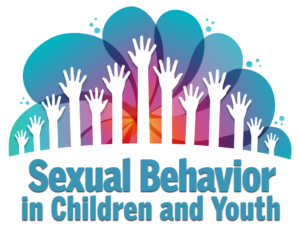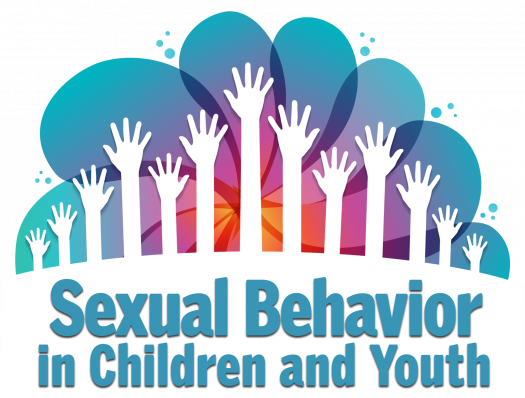
It is estimated that 1 in 10 children are sexually abused before their 18th birthday [1]. Most perpetrators of child sexual abuse are often family members or close friends of the family. However, one interesting statistic is that one third of child sexual abuse cases are perpetrated by children under the age of 18, categorized as child-on-child sexual abuse [2].
Child sexual abuse can be a very tough topic to discuss. It is important to prepare families and professionals with strategies to keep kids safe and thriving during childhood and youth.
According to the CDC [3] it is imperative to recognize the prevalence of child sexual abuse and its consequences which can lead to issues later in life like drug and alcohol use, eating disorders, suicide, and other issues highlighted in the Adverse Childhood Experiences (ACEs) research.
The National Child Traumatic Stress Network [4] stresses that whether this abuse is perpetrated by an adult or another child or teen, we must be aware of the trauma, both immediate and long-term, that can bubble to the surface disguised as unfavorable social and emotional reactions.
The answers to the questions below will help you better understand what to look out for if sexual abuse and trauma has occurred:
- What are normal sexual behaviors in children and youth?
- How do we determine types of behaviors that are concerning or problematic?
- How are children and families affected by concerning sexual behavior?
To address this topic, OneOp Family Development is offering the upcoming Sexual Behavior in Children & Youth series.
Join us May 22, 2019 for our webinar, “Sexualized Behaviors in Children and Youth” which will be facilitated by Dr. Shelley Martin, a child abuse pediatrician and US Air Force Colonel. Dr. Martin consults in cases of child maltreatment, child abuse, and neglect to all branches of the Armed Forces.
RSVP for the May 22 webinar at oneop.org/event/29419
Also included in this series are Anchored podcast episodes.
We are thrilled to have Dr. Gregory Leskin of the UCLA National Center for Child Trauma and the National Child Traumatic Stress Network’s Military and Veteran Families Director as one of our guests focusing on helpful information for both parents and professionals working with children.
Bookmark our “Sexual Behavior in Children and Youth” series page so that you will know when we update it with podcast episodes and additional resources.
*Revised on 9/10/19 to reflect series title change
References
[1] Townsend, C., & Rheingold, A.A., (2013). Estimating a child sexual abuse prevalence rate for practitioners: studies. Charleston, S.C.,Darkness to Light. Retrieved from http://www.d2l.org/wp-content/uploads/2017/02/PREVALENCE-RATE-WHITE-PAPER-D2L.pdf. [2] Finklehor, D., & Shattuck, A. (2012) “Characteristics of Crimes Against Juveniles.” Crimes Against Children Research Center. Retrieved from: www.unh.edu/ccrc/pdf/CV26_Revised%20Characteristics%20of%20Crimes%20against%20Juveniles_5-2-12.pdf. [3] Center for Disease Control (2016). Adverse Childhood Experiences (ACEs). Retrieved from: https://www.cdc.gov/violenceprevention/childabuseandneglect/acestudy/index.htmlCDC_AA_refVal=https%3A%2F%2Fwww.cdc.gov%2Fviolenceprevention%2Facestudy%2Findex.html [4] The National Child Traumatic Stress Network (2019). Effects of Child Sexual Abuse. Retrieved from: https://www.nctsn.org/what-is-child-trauma/trauma-types/sexual-abuse/effects
This post was written by members of the OneOp Family Development Team. The Family Development team aims to support the development of professionals working with military families. Find out more about OneOp Family Development concentration on our website, Facebook, and Twitter. You can also listen to our Anchored. podcast series via iTunesand our website.













